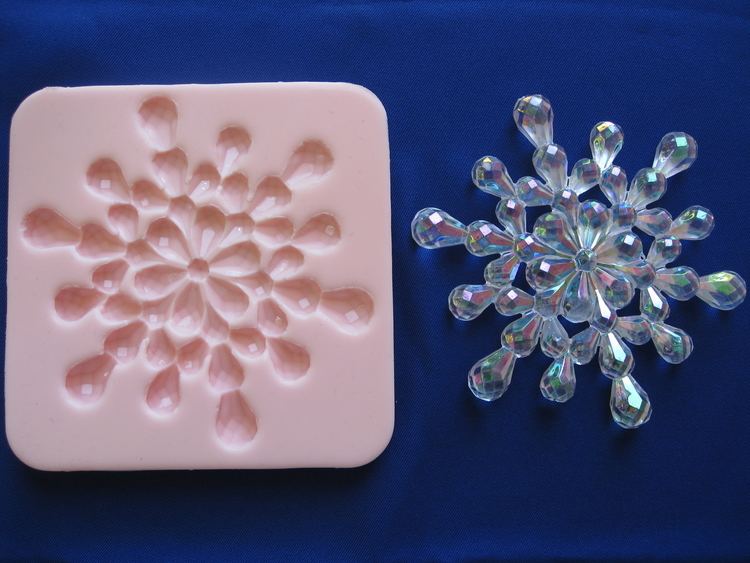Formula C12H24O11 | ||
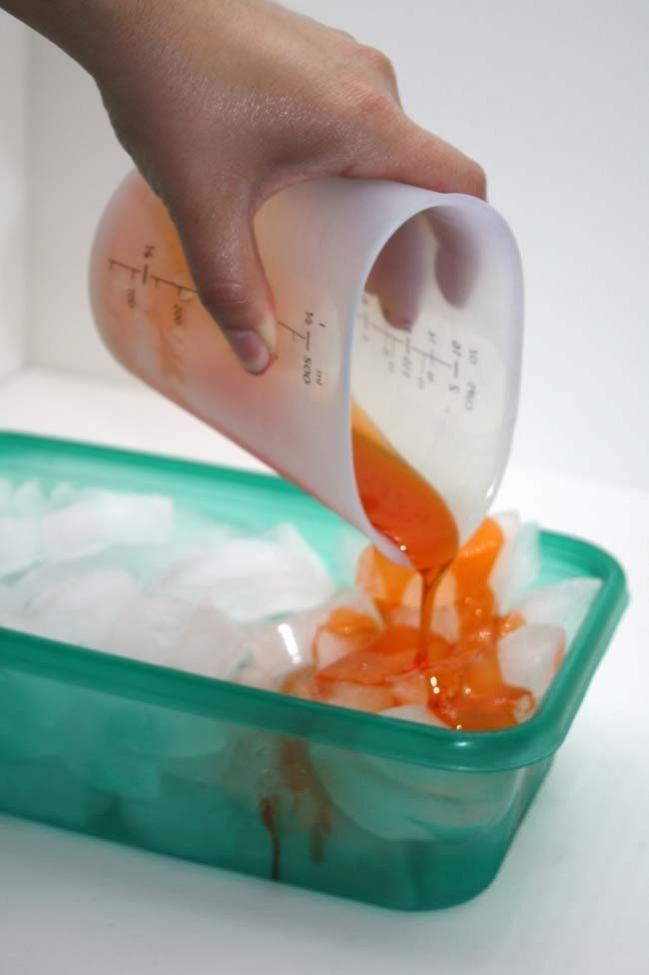 | ||
Similar Saccharin, Polydextrose, Stevia, Table sugar, Tagatose | ||
Isomalt is a sugar substitute, a type of sugar alcohol, used primarily for its sugar-like physical properties. It has only a small impact on blood sugar levels and does not promote tooth decay, i.e. is tooth-friendly. Its energy value is 2 kcal/g, half that of sugars. However, like most sugar alcohols, it carries a risk of gastric distress, including flatulence and diarrhea, when consumed in large quantities. Therefore, isomalt is advised to not be consumed in quantities larger than about 50 g per day for adults and 25 g for children. Isomalt may prove upsetting to the intestinal tract because the body treats it as a dietary fiber instead of as a simple carbohydrate. Therefore, like most fibers, it can increase bowel movements, passing through the bowel in virtually undigested form. As with other dietary fibers, regular consumption of isomalt might eventually lead one to become desensitized to it, decreasing the risk of intestinal upset. Isomalt is typically blended with a high-intensity sweetener such as sucralose, so that the mixture has about the sweetness of sugar.
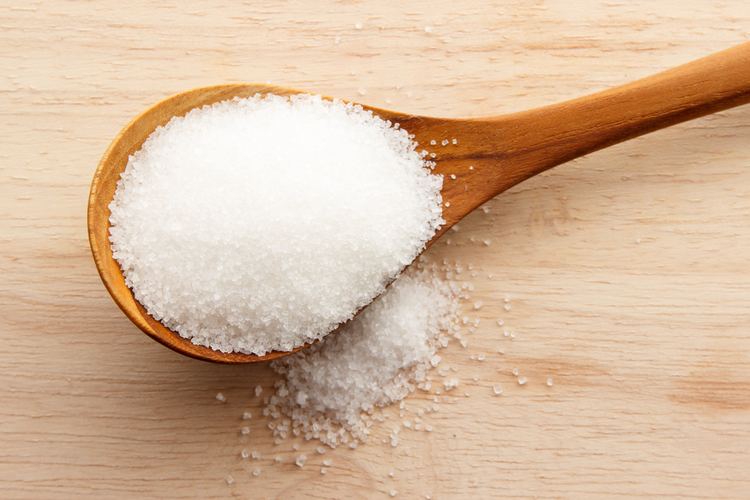
Isomalt is an equimolar mixture of two disaccharides, each composed of two sugars: glucose and mannitol (α-D-glucopyranosido-1,6-mannitol) and also glucose and sorbitol (α-D-glucopyranosido-1,6-sorbitol). Complete hydrolysis of isomalt yields glucose (50%), sorbitol (25%), and mannitol (25%). It is an odorless, white, crystalline substance containing about 5% water of crystallisation. Isomalt has a minimal cooling effect (positive heat of solution), lower than many other sugar alcohols, in particular, xylitol and erythritol.
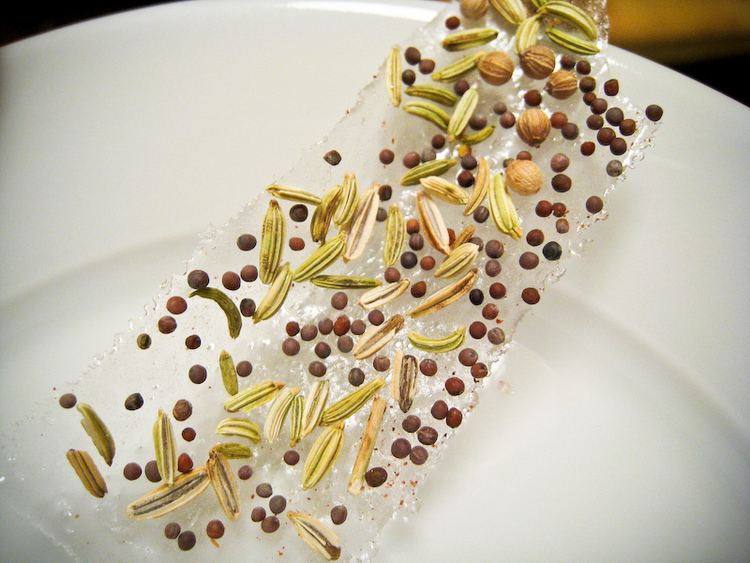
Isomalt is manufactured in a two-stage process in which sucrose is first transformed into isomaltulose, a reducing disaccharide (6-O-α-D-glucopyranosido-D-fructose). The isomaltulose is then hydrogenated, using a Raney nickel catalyst. The final product — isomalt — is an equimolar composition of 6-O-α-D-glucopyranosido-D-sorbitol (1,6-GPS) and 1-O-α-D-glucopyranosido-D-mannitol-dihydrate (1,1-GPM-dihydrate).
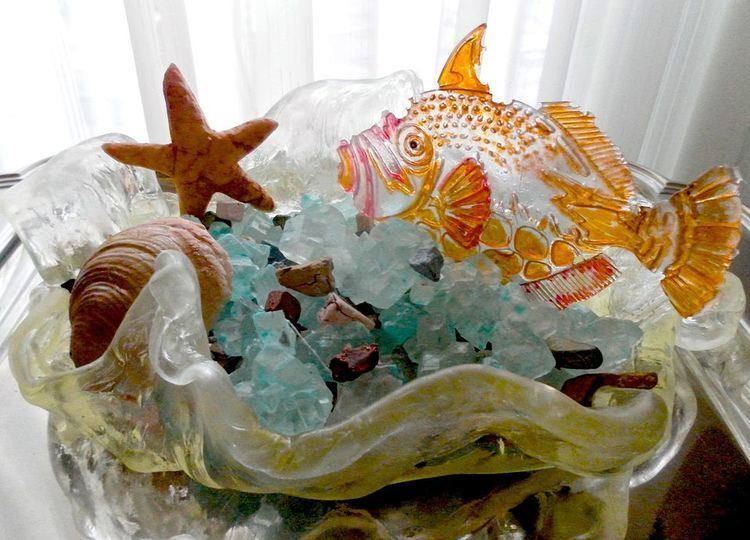
Isomalt has been approved for use in the United States since 1990. It is also permitted for use in Australia, New Zealand, Canada, Mexico, Iran, and the European Union. (Note: List of countries is not exhaustive).

Isomalt is widely used for the production of sugar-free candy, especially hard-boiled candy, because it resists crystallisation much better than the standard combinations of sucrose and corn syrup. It is used in sugar sculpture for the same reason.
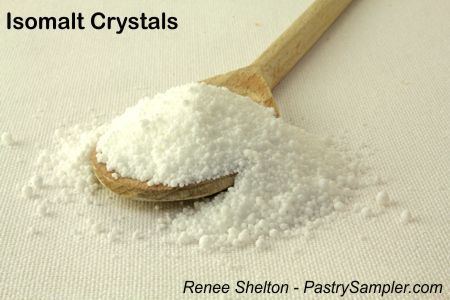
How to make shiny edible isomalt gems using a piping bag
